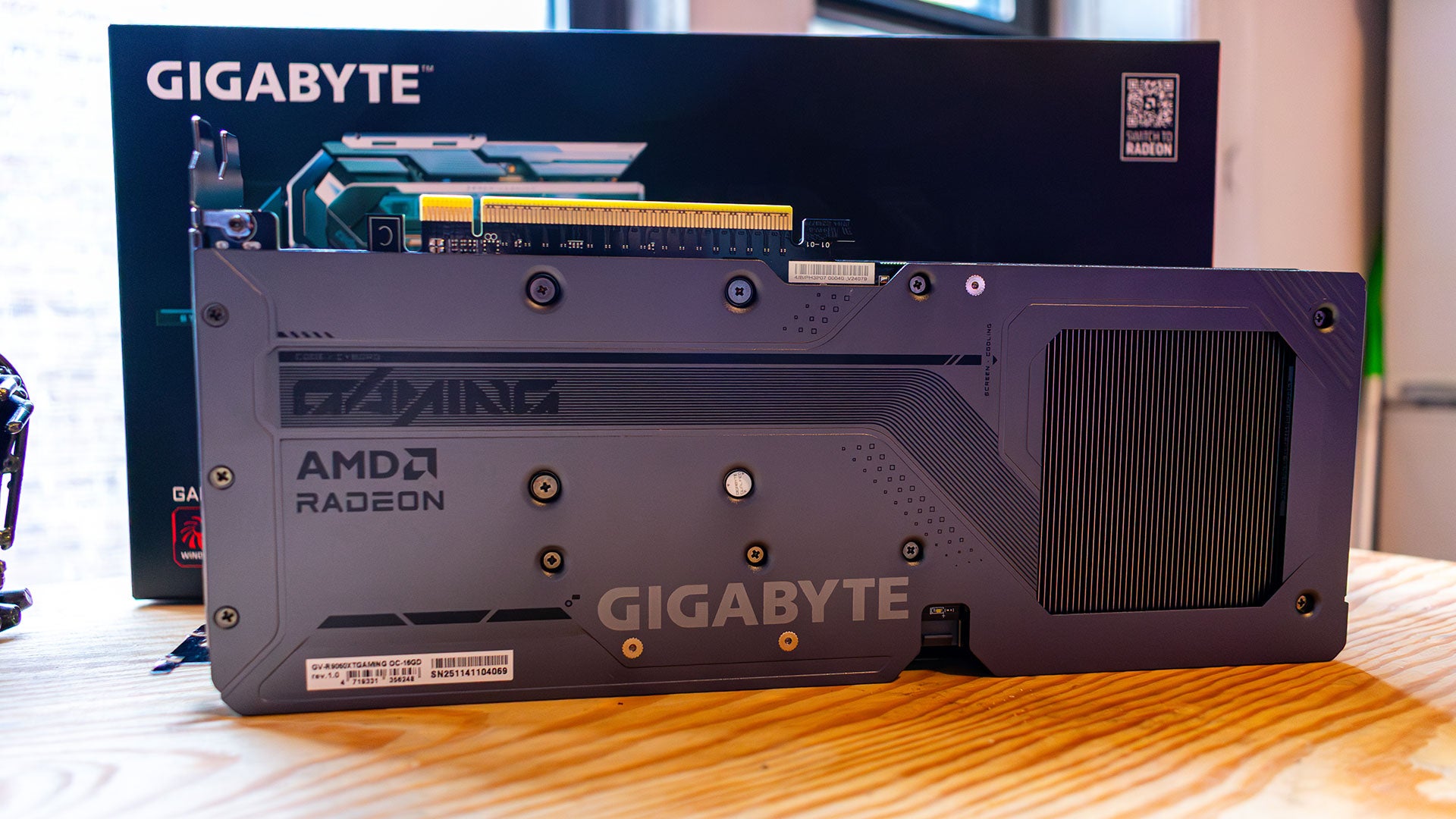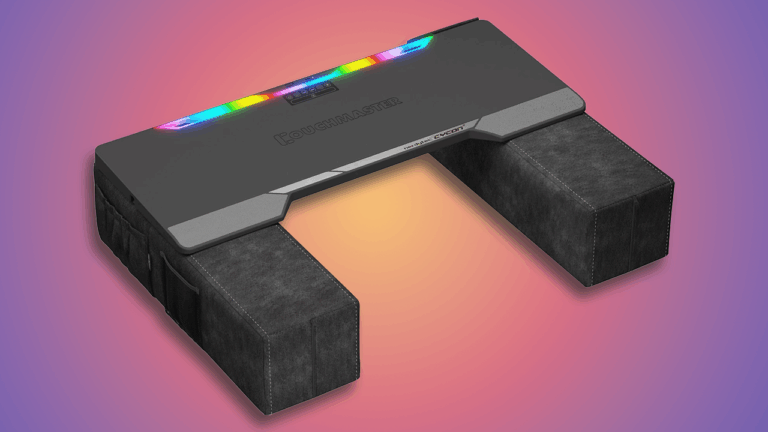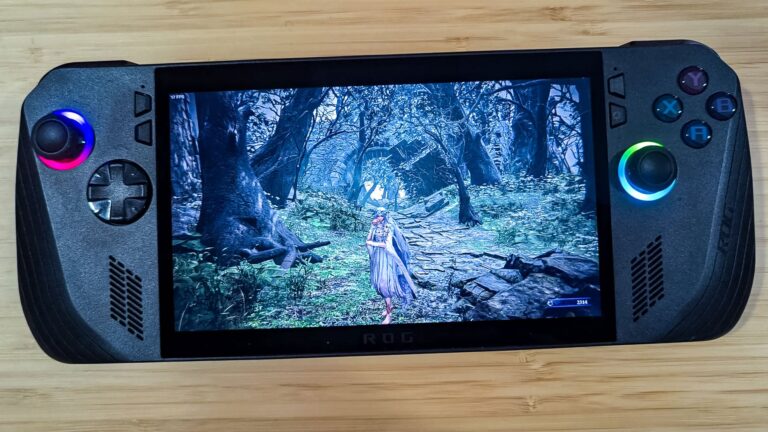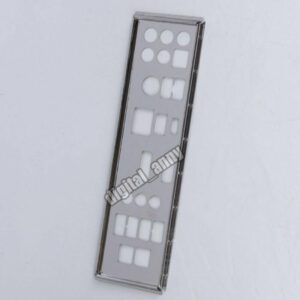Introduction: An Unexpected Launch Pace
Just over four months into the new generation of graphics cards, AMD has surprised us by releasing the Radeon RX 9060 XT surprisingly early. Typically, flagship GPUs like this are launched more than a year after their predecessors, but AMD managed to bring the RX 9060 XT to market only three months after the flagship RX 7900 XTX. This rapid rollout is unprecedented in recent GPU history, signaling AMD’s aggressive push to stay competitive.
Rapid Succession and Market Implications
While launching the RX 9060 XT earlier than usual might seem beneficial for consumers eager for the latest tech, it also means that it’s coming less than two years after the RX 7600 XT. If you purchased the 7600 XT expecting a long-term upgrade, this might be disappointing. However, for those considering an upgrade, the RX 9060 XT offers an impressive average performance boost of around 40% over its predecessor, making it a worthwhile investment for gamers seeking better performance.
Pricing Options and Recommendations
AMD is releasing two versions of the RX 9060 XT—one with 16GB of VRAM priced at $349, and an 8GB variant at $299. In our review, we only received the 16GB model, which is the more sensible choice given current gaming trends. Modern games increasingly rely on higher VRAM capacity, so opting for the 8GB version could limit performance in future titles.
Technical Specs and Architecture
Both versions of the Radeon RX 9060 XT are built on AMD’s RDNA 4 architecture, the same foundation as the high-end RX 9070 XT. They share a common GPU core with 32 Compute Units, totaling 2,048 Streaming Multiprocessors (SMs). The primary difference lies in VRAM capacity—one has 16GB, and the other 8GB, with the latter being $50 cheaper.
Performance and Power Details
The RX 9060 XT offers a notable downgrade from the RX 9070 XT, which features double the Compute Units (56 CUs). Although the 9060 XT has the same VRAM as these more powerful models, it utilizes a narrower 128-bit memory bus, resulting in a memory bandwidth of 320GB/s—half of the 256-bit cards’ bandwidth.
Compared to its predecessor, the RX 7600 XT, the RX 9060 XT essentially upgrades the same core specs but introduces a faster memory clock at 20GB/s (up from 18GB/s). This results in improved performance without drastically increasing power consumption.
Power Consumption and Cooling
AMD’s shared specifications list two power budgets: a 160W base model and a 180W overclocked version. During testing, the card peaked at 182W, indicating the higher power variant. This slight difference mainly affects clock speeds, with higher wattage models running just a few hundred MHz faster, which doesn’t significantly impact gaming performance.
The tested Gigabyte RX 9060 XT Gaming OC 16G maintained cool temperatures, reaching only 59°C with a hotspot at 86°C, thanks to its triple-fan cooling solution. This robust cooling design provides ample headroom for overclocking enthusiasts.
Performance Analysis: Gaming Benchmarks
1080p and 1440p Gaming
The RX 9060 XT excels at 1080p, especially when enabling advanced visual effects. On average, it’s approximately 41% faster than the RX 7600 XT at 1080p, a significant leap considering the latter is just over a year old. When compared to Nvidia’s RTX 5060 Ti, the AMD card trails by about 12%, despite being roughly 19% cheaper.
At 1440p, the performance gap increases slightly, with the RX 9060 XT still offering excellent gameplay experiences. The performance difference between the AMD and Nvidia cards becomes more noticeable, but the price-to-performance ratio favors the RX 9060 XT, assuming prices remain stable.
Real-World Gaming Tests
In popular titles, the RX 9060 XT holds its ground impressively. In Call of Duty: Black Ops 6, AMD’s card outperforms the RTX 5060 Ti by about 8%, averaging 202 fps at 1080p with FSR 4 and DLSS set to ‘Quality’. Similarly, in Cyberpunk 2077, it delivers around 80 fps with ray tracing on ultra settings—only 10% behind Nvidia’s offering.
In Metro Exodus: Enhanced Edition, which relies solely on DLSS, the RX 9060 XT achieves 59 fps at 1080p, just slightly below the 65 fps of the RTX 5060 Ti. For Red Dead Redemption 2, it averages 105 fps with high settings, closely matching Nvidia’s card and outperforming the previous-generation RX 7600 XT.
Rasterization and Demanding Games
In less ray-traced titles like Total War: Warhammer, the RX 9060 XT hits an average of 125 fps, which is about 19% behind the RTX 5060 Ti. But in demanding scenarios like Assassin’s Creed Shadows, the AMD GPU manages 45 fps at max settings, comparable to Nvidia’s 51 fps. Similarly, in Black Myth Wukong, the RX 9060 XT holds steady at 45 fps, while Nvidia’s RTX 5060 Ti reaches 57 fps.
Is the RX 9060 XT a Budget-Friendly Option?
Price is always the key factor in evaluating a new GPU. AMD’s initial MSRP of $349 is reasonable for the RX 9060 XT, but actual retail prices could fluctuate significantly after launch. If the card remains around $349, it offers excellent value—significantly outperforming the previous generation and approaching the performance of more expensive Nvidia models. However, if the price increases to $429 or higher, its competitiveness diminishes.
Consumers should carefully monitor store listings to ensure they’re getting the best deal. The RX 9060 XT has the potential to be a fantastic mid-range GPU, but only if you avoid paying inflated prices.













